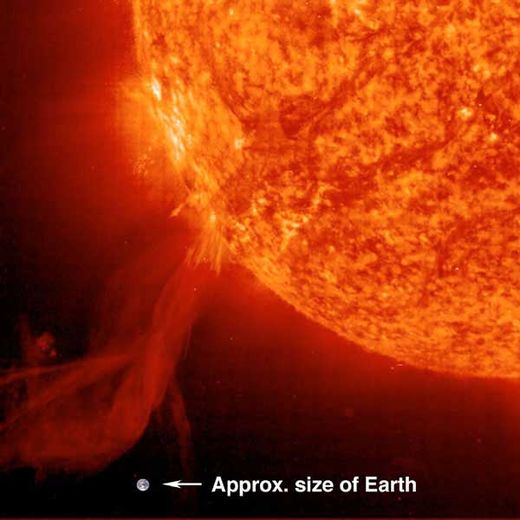
© NASAA solar flare in 2002.
The last time the sun erupted into a massive solar storm, the year was 1859. Northern Lights appeared over Cuba and Hawaii, and electrical currents from the blast set telegraph offices on fire.
But that was then. Scientists and government officials are worried a modern-day solar storm of the same proportion could wreak havoc on Earth, crippling communications and paralyzing power grids.
Massive solar storms, resulting in huge coronal mass ejections, usually happen just before the sun goes through a quiet phase. NASA officials announced earlier this week that we're poised to enter a below-average solar cycle soon, giving weight to concerns about how Earth would weather a solar storm like the one that happened in 1859.
"A similar storm today might knock us for a loop," said NASA physicist Lika Guhathakurta in a prepared statement. "Modern society depends on high-tech systems such as smart power grids, GPS, and satellite communications - all of which are vulnerable to solar storms."
On the other hand, Hawaii would be in for an eyeful.
Coronal mass ejections are responsible for the aurora phenomenon commonly referred to as the Northern Lights. Needless to say, auroras are usually seen in the polar regions of the planet as solar winds collide with Earth's magnetic field.
The photos posted below show what Earth could be in for if a massive solar storm strikes this year.
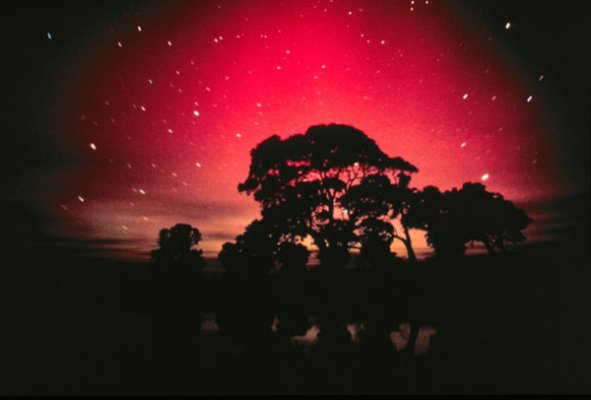
© NOAA/Getty ImagesAurora Australis, the Southern Lights as seen from South Australia as with Aurora Borealis, are displayed during strong geomagnetic events. The display was triggered when on March 29, 2001, the sun sent a powerful energy burst in the direction of Earth's triggering dazzling aurora displays over nighttime skies.
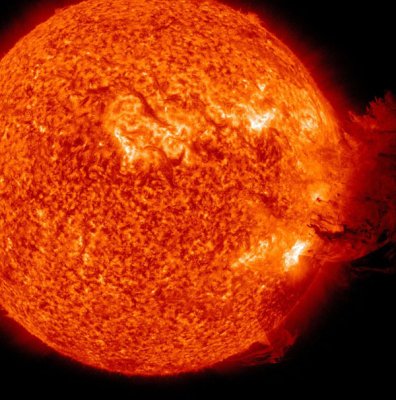
© NASA/Getty ImagesA solar large flare erupts off the sun June 7, 2011 in space. A large cloud of particles flew up and then was pulled back down to the sun's surface.
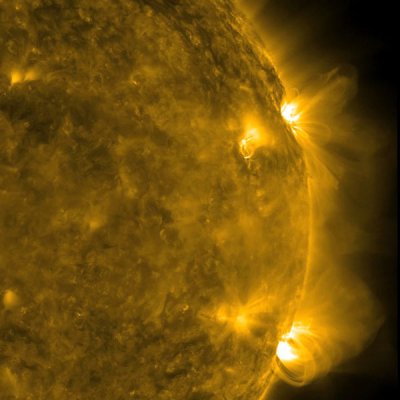
© NASA/Getty ImagesA pair of active regions on the Sun were captured in extreme ultraviolet light from the Solar Dynamic Observatory (SDO) spacecraft over a three-day period between February 7 to 10, 2011. The magnetic field lines above the regions produced fluttering arcs waving above them as well as a couple of flares. Another pair of smaller active regions emerges and trails behind the larger ones.
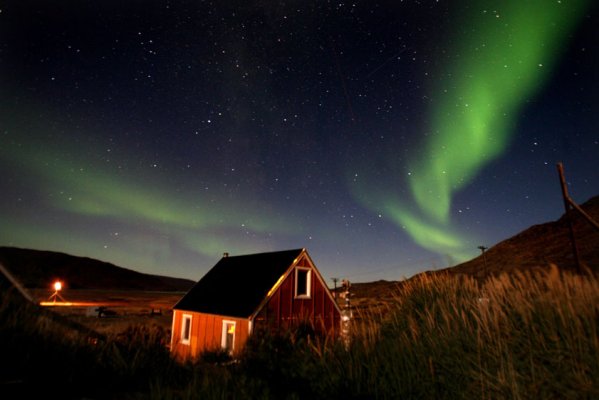
© Uriel Sinai/Getty ImagesThe Aurora Borealis glows in the sky, September 03, 2007, in the Greenland town of Kangerlussuaq. The Northern Lights most often occurs from September to October and from March to April and are a popular tourist attraction.
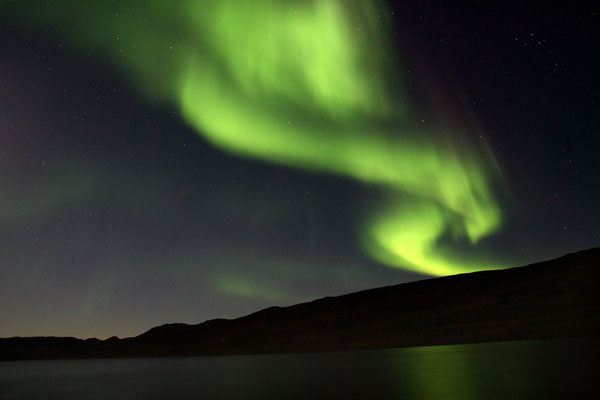
© Uriel Sinai/Getty ImagesThe Aurora Borealis glows over a lake September 02, 2007, near the Greenland town of Kangerlussuaq. The Northern Lights most often occurs from September to October and from March to April and are a popular tourist attraction.
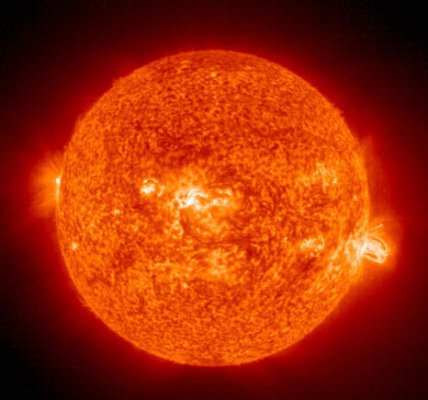
© AFP/Getty ImagesA solar flare(R) erupting from giant sunspot 649. The powerful explosion hurled a coronal mass ejection(CME) into space, but it was directed toward Earth.
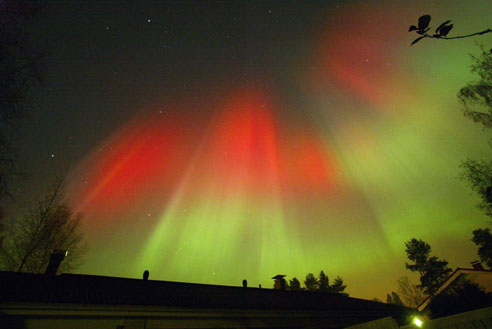
© Pekka Sakki/AFP/Getty ImagesThe magnetic solar storm arranged a colorful show of aurora borealis in the night skies of Hyvinka in Southern Finland early morning, 31 October 2003.
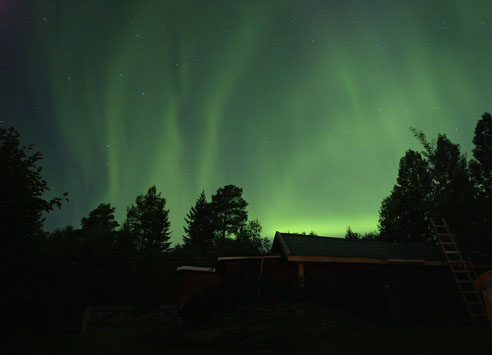
© Sven Nackstrand/AFP/Getty ImagesA display of the northern lights in Erikslund, Medelad in Sweden overnight, 19 August 2003.
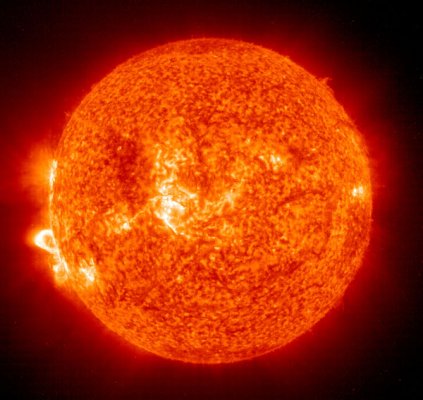
© NASA/Getty ImagesA Solar and Heliospheric Observatory image shows Region 486 that unleashed a record flare November 18, 2003 on the sun.

© Getty ImagesA single green arc of the Aurora Borealis stands out over the Alaska Pipeline under the illumination of a full moon November 19, 2002 near Milne Point, Alaska. Smaller oil pipes deliver oil direct from the well pump houses to the main oil production facility at Milne Point/Prudhoe Bay. Lights from another facility can be seen at the bottom left corner.
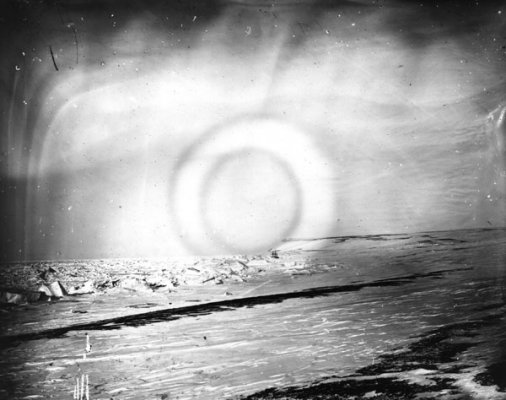
© Hulton Archive/Getty ImagesThe Aurora Borealis, a luminous phenomenon, otherwise called the 'Northern Lights' is viewed over the Arctic in 1876, photographed by members of the British Nares expedition. Their ship can be seen trapped in sea ice in the bay.
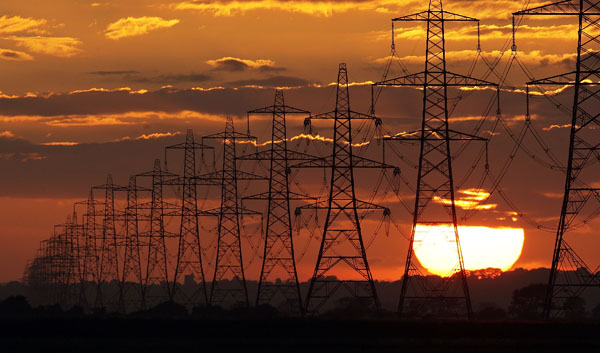
© Dan Kitwood/Getty ImagesGovernment officials and scientists are questioning what would happen if a massive solar storm happened in 2011. Power grids would likely be impacted -- a major concern.
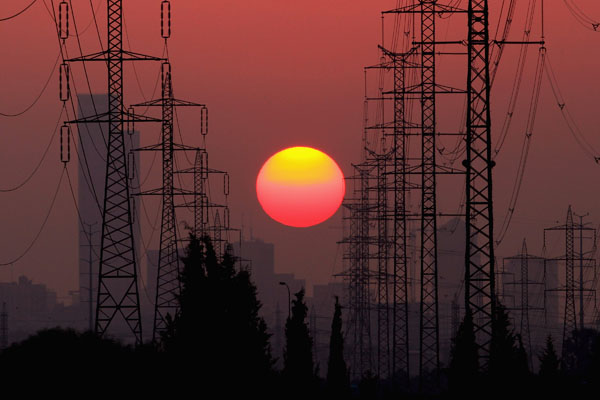
© David Silverman/Getty ImagesIn the event of a modern-day solar storm, an avalanche of blackouts could be carried across continents by long-distance power lines, It could last for weeks to months as engineers struggle to repair damaged transformers.
But before you get too worried, NASA said a fleet of spacecraft surrounding the sun warns us of solar storms within hours of when they strike. In the event of an uncommonly large storm, early-warning system would give power grids and high-tech grids more time to prepare.
From a
NASA statement:
"The emergence of serious physics-based space weather models is putting us in a position to predict if something major will happen," said Antti Pulkkinen, a researcher at the Space Weather Lab.
Some of the computer models are so sophisticated, they can even predict electrical currents flowing in the soil of Earth when a solar storm strikes. These currents are what do the most damage to power transformers. An experimental project named "Solar Shield" led by Pulkkinen aims to pinpoint transformers in greatest danger of failure during any particular storm.
"Disconnecting a specific transformer for a few hours could forestall weeks of regional blackouts," said Pulkkinen.
Scientists and government officials convened at the
Space Weather Enterprise Forum in Washington D.C. this week to discuss how to prepare for solar storms.

















Excuse me? "Massive solar storms, resulting in huge coronal mass ejections, usually happen just before the sun goes through a quiet phase. NASA officials announced earlier this week that we're poised to enter a below-average solar cycle soon, giving weight to concerns about how Earth would weather a solar storm like the one that happened in 1859." We just got OUT of a solar minimum that people feared might trigger another mini ice age! Sounds like disinfo to me, esp. when I know another planetary body is pulling on the sun and causing these coronal ejections. Nothing to see here, move along!